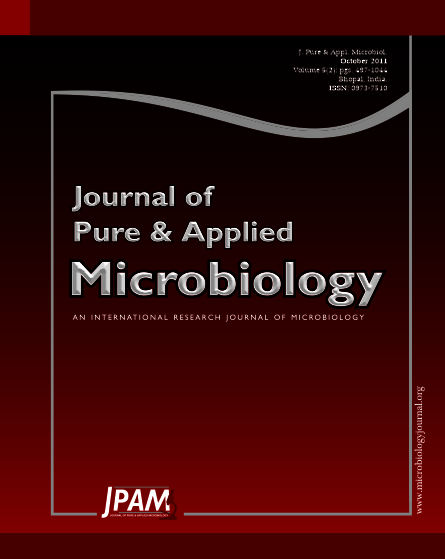In this article, the effect of UV-A and different wavelengths of visible light combined with or without photosensitizer Methylene Blue (MB) on the establishment of viable but non-culturable state (VBNC) and survival of Salmonella typhimurium were investigated in sea water. The inhibition rate of various light sources in the presence or absence of MB on S. typhimurium in seawater was ranked UV-A>red light> white light> blue light> green light (from the greatest to the least effective respectively). S. typhimurium survived for 24.1, 59, 61.6 and 66.4 hour under the effect of red, white, blue, green light exposure, for 15.2 h UV-A exposure in the absence of MB according to t99. Red light was the most efficient light source among the studied visible light wavelengths on the survival of S. typhimurium with or without MB. Some cells were still capable of respiration and entered the VBNC state. It was seen that red light had a stronger effect than white, blue and green light in entry VBNC state of S. typhimurium in the seawater. This study has shown for the first time that red light alone is fairly effective on survival of S. typhimurium.
Photooxidation, Viable but non-culturable state, Salmonella typhimurium, Visible light, Red light, Seawater.
© The Author(s) 2011. Open Access. This article is distributed under the terms of the Creative Commons Attribution 4.0 International License which permits unrestricted use, sharing, distribution, and reproduction in any medium, provided you give appropriate credit to the original author(s) and the source, provide a link to the Creative Commons license, and indicate if changes were made.


